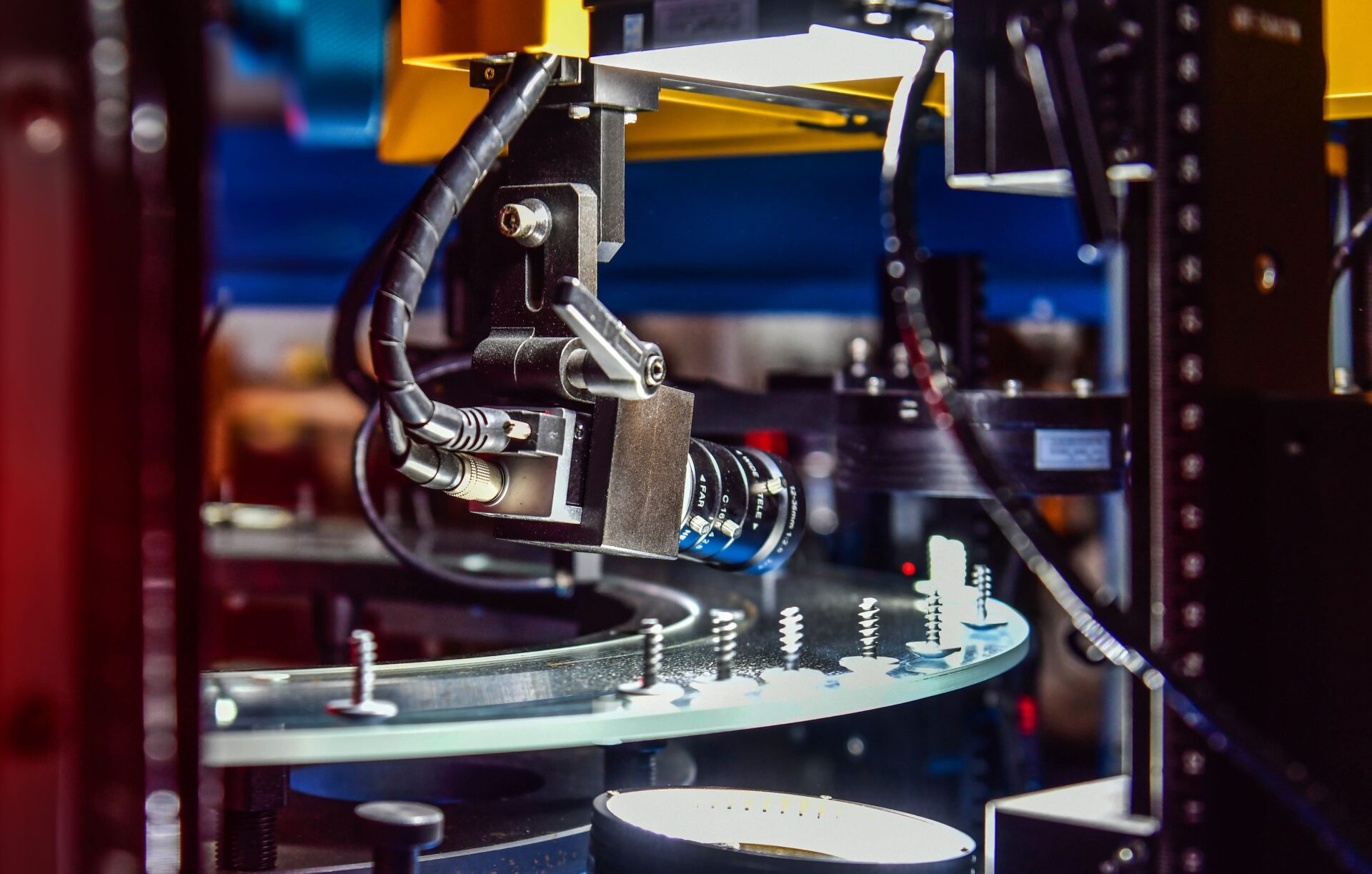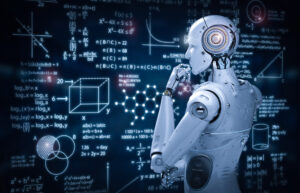What is AOI ?
AOI, which stands for Automated Optical Inspection, is a technology that relies on machine vision for precise recognition and inspection tasks. It serves as a valuable tool to address and overcome the limitations of human optical inspection. The main functions of AOI include defect detection, dimension measurement, and alignment.
AOI finds applications in various industries, including high-tech, semiconductors, pharmaceuticals, and food and beverage. Notably, AOI plays a significant role in industrial automation, with the PCB and panel display industries being the most common areas of application.
AOI finds applications in various industries, including high-tech, semiconductors, pharmaceuticals, and food and beverage. Notably, AOI plays a significant role in industrial automation, with the PCB and panel display industries being the most common areas of application.
AOI Basic Architecture
AOI systems consist of several key components, including cameras, lenses, mechanisms, PLC (Programmable Logic Controller), light sources, and industrial computers.
These systems rely on machine vision technology, combining optics, electrical control, mechanisms, and inspection software to carry out detection operations. By configuring the light source and utilizing computer vision processing techniques, AOI systems highlight image features and perform precise positioning and inspection tasks. This enables efficient screening of defects, contaminants, and abnormalities in finished and semi-finished products along production lines.
Applications of AOI
AOI is widely used in the manufacturing industry for inspecting deformities, damage, missing parts, dirt, and scratches, as well as for code reading, alignment, precise measurement, and print inspection. Industries such as automotive, semiconductors, electronics, and textiles benefit from AOI technology.

The demand for improved yield in the manufacturing industry has increased due to the potential impact of defects on product functionality. Traditional production lines relying on manual defect detection methods are no longer able to meet the requirements for comprehensive inspection and production efficiency. Consequently, the adoption of AOI systems has become the mainstream approach for defect recognition in industrial processes.
Specifications of AOI
AOI systems are characterized by several important specifications:
Speed
Refers to the number of inspections conducted per minute or the ability to inspect a specific length within a given time frame.
Accuracy
Specifies the required level of measurement precision, such as detecting dimensions with an accuracy of 5µm or 0.005mm.
Field of View (FOV)
Denotes the visible range captured by the camera during the inspection process.
Advantages of AOI
AOI technology offers several advantages in the manufacturing industry:
1. Replacing manual inspection
AOI provides more precise and consistent defect judgment compared to human visual inspection or manual inspection using optical instruments.
2.Improved inspection speed
AOI systems equipped with high-resolution cameras can detect details that are difficult for the human eye to recognize. They also overcome the efficiency limitations of traditional manual visual inspection methods.
Disadvantages of AOI
While AOI systems are widely used in manufacturing production lines, they also possess certain limitations and challenges:
1.Highly customized nature
AOI systems can be complex and highly customized, making their setup and operation challenging. They face difficulties in handling complex product defects, image backgrounds, and lighting variations.
2.Limited to defined defects
AOI relies on rule-based decision-making mechanisms that depend on predefined parameters to detect sample defects. This can lead to leakage issues where defects that don’t conform to the defined parameters may be missed.
3.High requirements for inspection environment and equipment
AOI heavily relies on the proper combination of light sources, cameras, and lenses. The setup needs to consider the material, color, and shape of the object to enhance contrast and obtain suitable images.
4.High overkill rate
AOI is based on traditional algorithms often set with strict parameters. This can result in overkill or false-positive results due to sensitivity to external conditions such as lighting variations. Consequently, additional manual inspection is often necessary to mitigate false alarms.
5.Difficulty in handling complex defects
AOI systems may face challenges in accurately identifying and classifying complex defects that require advanced image processing techniques. Irregular shapes, subtle defects, or defects in hard-to-reach areas can pose difficulties for AOI systems.
6.Cost considerations
AOI systems can be expensive to acquire and maintain. The initial investment includes specialized equipment such as high-resolution cameras and advanced software. Regular maintenance and calibration are also necessary to ensure optimal performance.
Summary
AOI technology has played a vital role in the manufacturing industry by providing automated inspection capabilities. It offers advantages such as increased precision, improved inspection speed, and consistency in defect detection. However, AOI also has limitations related to the handling of complex defects, setup time, cost considerations, and reliance on predefined parameters.
As an alternative, AI inspection software offers advanced defect recognition capabilities, faster setup time, and reduced sample requirements compared to AOI systems, making AI an appealing alternative in certain manufacturing applications.
As an alternative, AI inspection software offers advanced defect recognition capabilities, faster setup time, and reduced sample requirements compared to AOI systems, making AI an appealing alternative in certain manufacturing applications.



